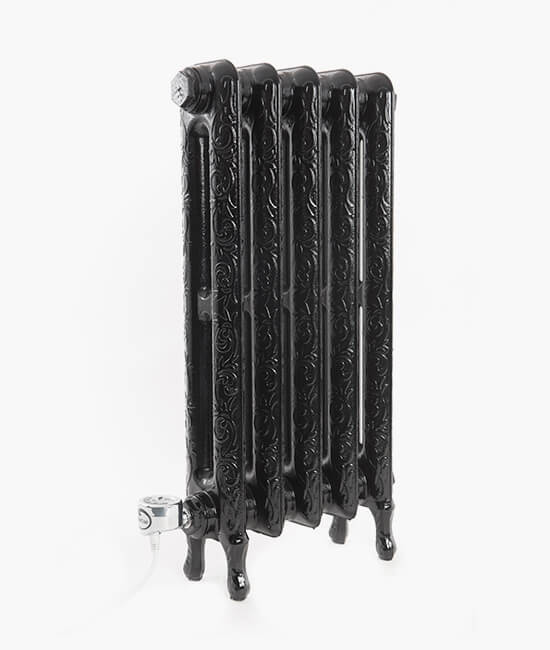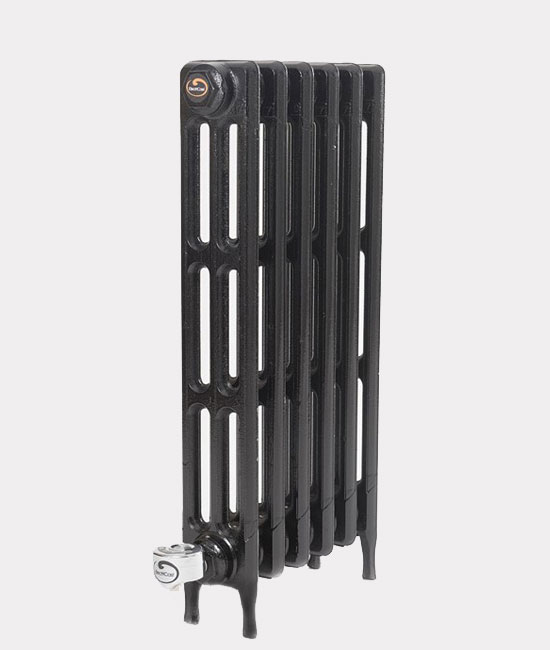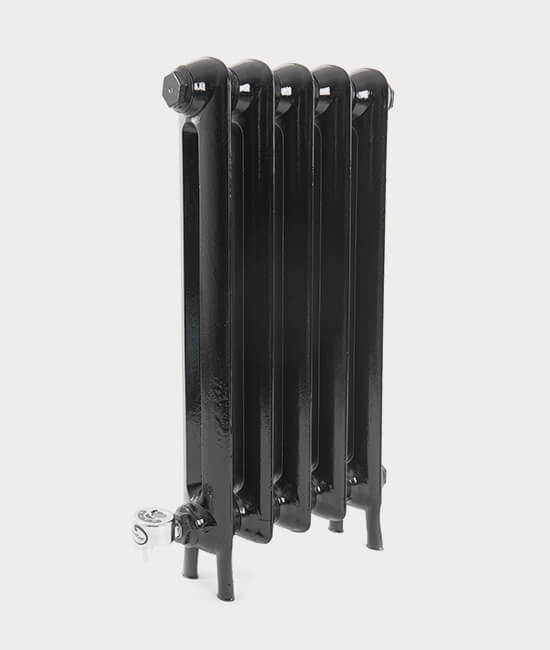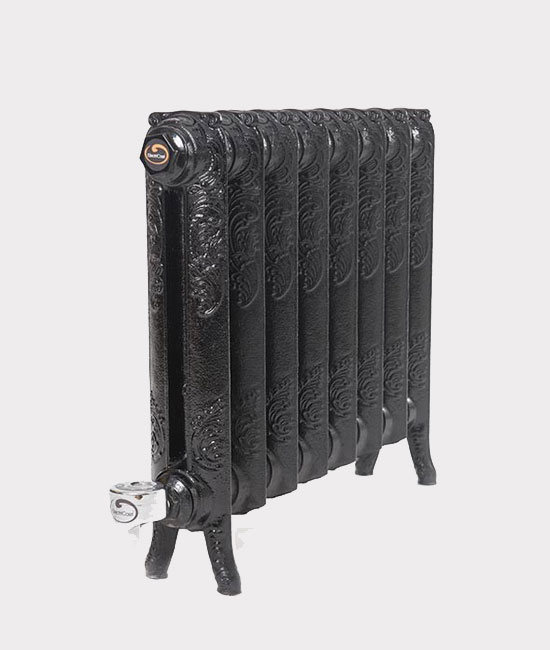No products in the basket.
Cast iron electric radiators versus underfloor heating
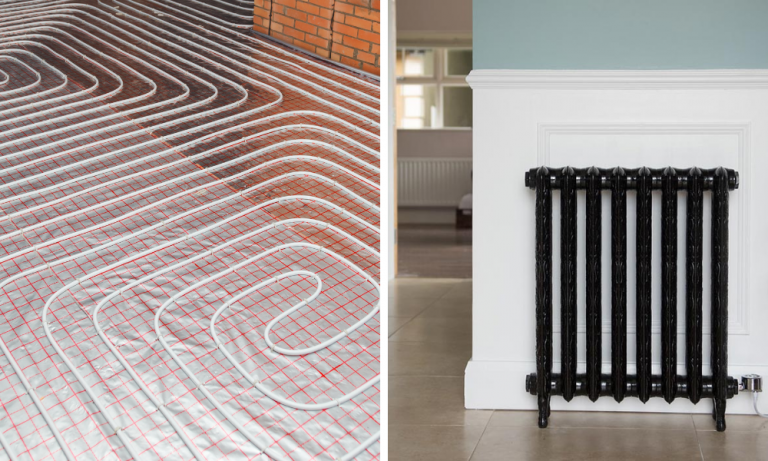
If you’ve been thinking about upgrading your home’s central heating, you’ve probably considered underfloor heating. It’s a popular option — particularly for newer homes — and offers several improvements over traditional gas- or oil-fired systems. But how do they stack up against cast iron electric radiators?
1 – Consider installation time and costs
Underfloor systems need up to two days to install and usually require outside help. You can expect to pay a professional between £200 – 300 a day, plus you’ll need an electrician to connect the system to your mains. Cast iron electric radiators can be plugged into a wall socket, so there’s no installation, and their simple construction makes them virtually maintenance-free.
2 – You’ll need to wait
With underfloor heating, the time needed to warm up a room can be lengthy — up to two hours depending on the dimensions of the room. Cast iron electric radiators start generating heat quickly and warm up the room in a shorter amount of time.
3 – You might need new flooring
To allow the heat to radiate upward without interference, underfloor heating often requires special flooring. If you favour carpeted floors, they will likely need to be replaced with floor panels that conduct heat more efficiently. Cast-iron electric radiators simply sit where you place them. As long as they aren’t blocked in by furniture, they radiate heat freely into the air.
4 – You might need new furniture
Some furniture sits perfectly well above an underfloor heating system. But if you have any flat-bottomed furniture, it will need to go. Any fixed items like baths, toilets, and bath or kitchen units will need to have the underfloor heating fitted around them. Cast-iron electric radiators come in a range of sizes, so they fit neatly into the spaces you’ve designated for them.
5 – Maintenance can be tricky
Because underfloor heating systems are installed semi-permanently and covered by flooring, fixing them when they malfunction or break down can be complex. You’ll likely need to call in an installer again and organise another electrician visit if they need to be disconnected from the mains for repairs. If a cast iron electric radiator breaks down, it’s an easy matter to remove or replace it yourself.
6 – You won’t lose heat through the pipes
As with central heating systems, underfloor heating needs water to travel through pipes to radiate heat. A lot of energy can be wasted when heat radiates through the pipes in the process, even if they’re insulated. With cast iron electric radiators, you don’t need pipes at all.
7 – Trapped air can cause problems
Similar to water-fed radiators, sometimes trapped air can cause problems in underfloor systems. Air bubbles can get trapped in the underfloor piping and block the free movement of warm water, creating problems across the whole system. Cast iron electric radiators don’t need water or pipes. Because each one sits independently, you simply switch them on and off or set timers on them as needed.
Cast iron electric radiators versus underfloor heating
This is a short summary of cast iron electric radiators versus underfloor heating and you can also read more about the benefits of electric cats iron radiators
